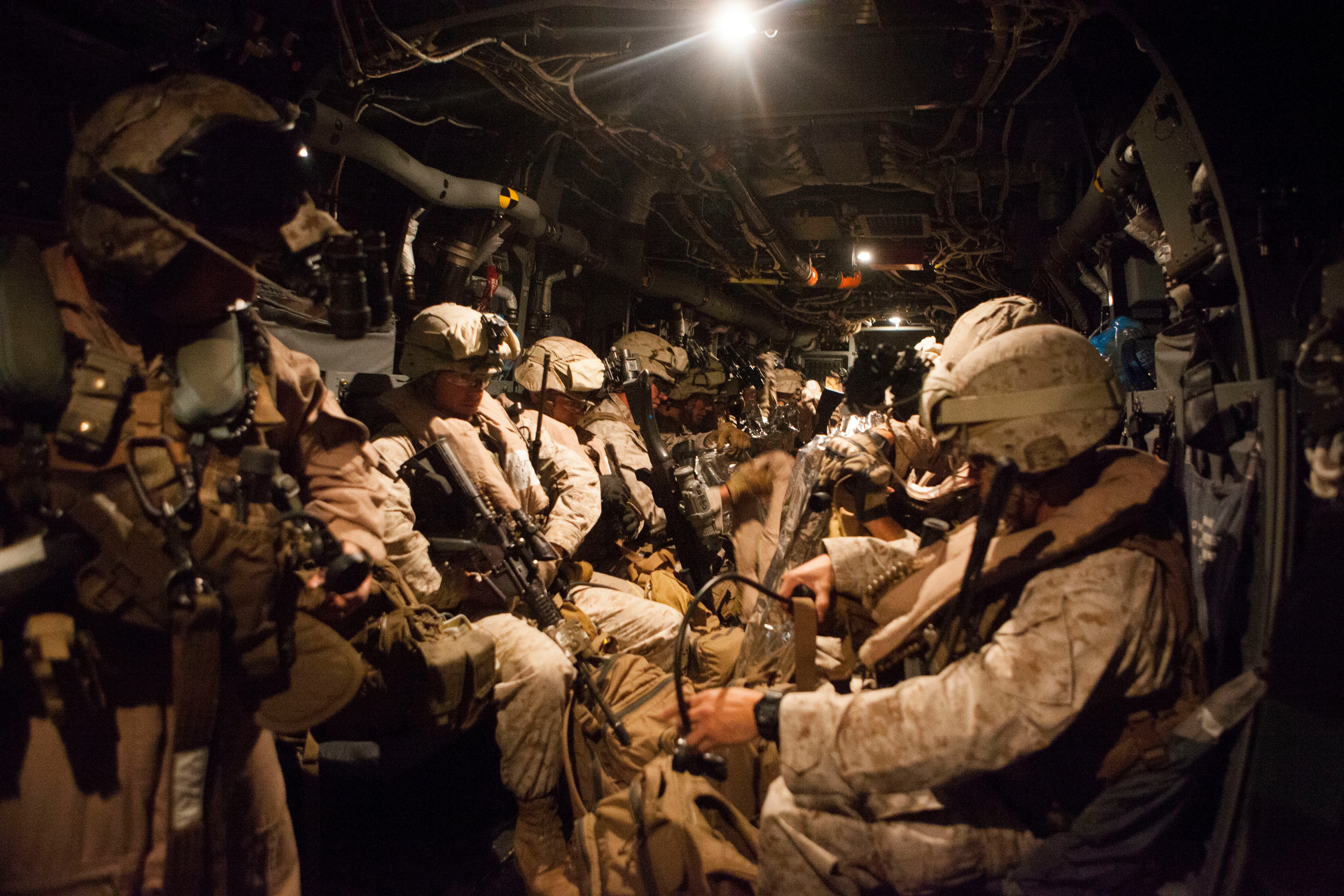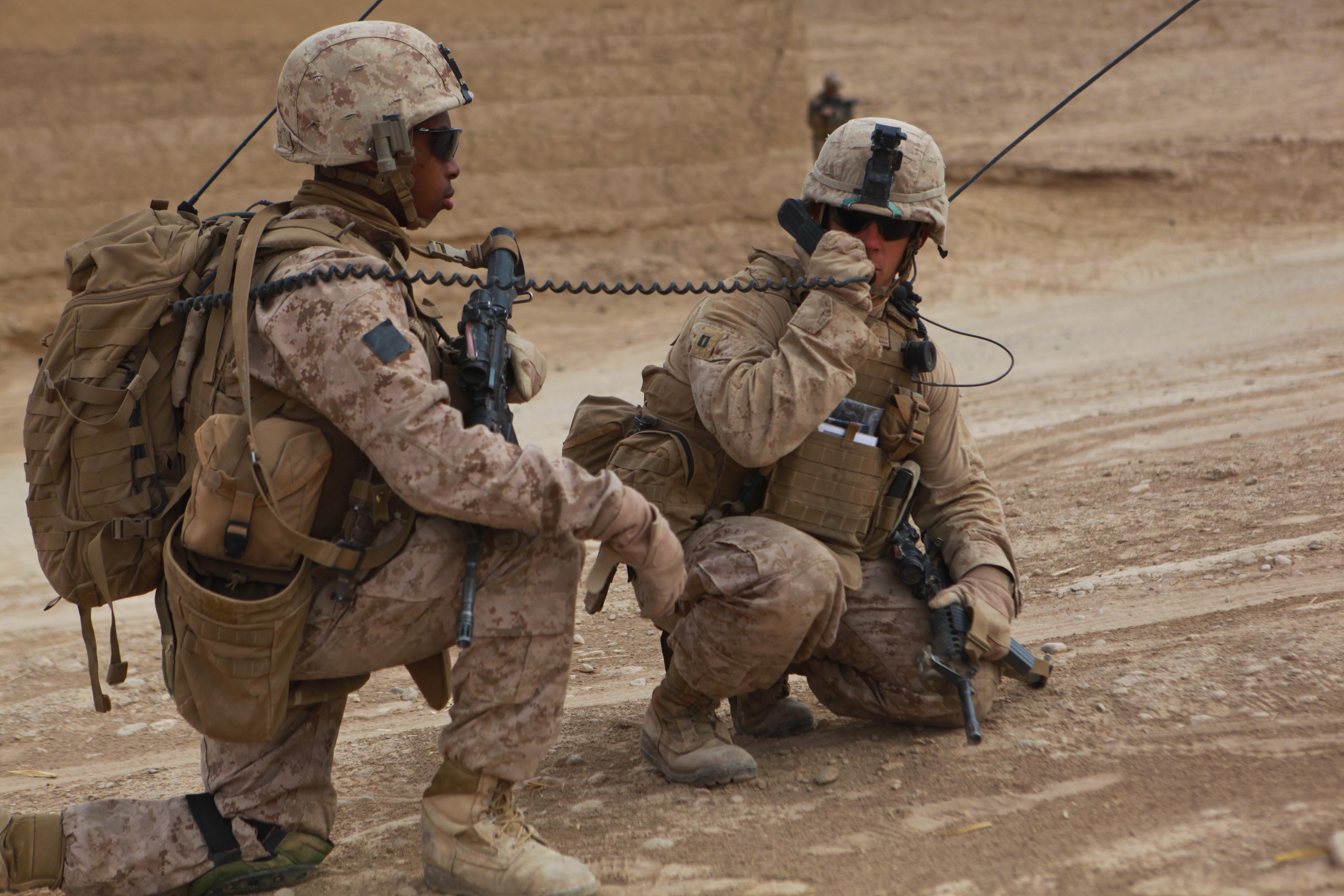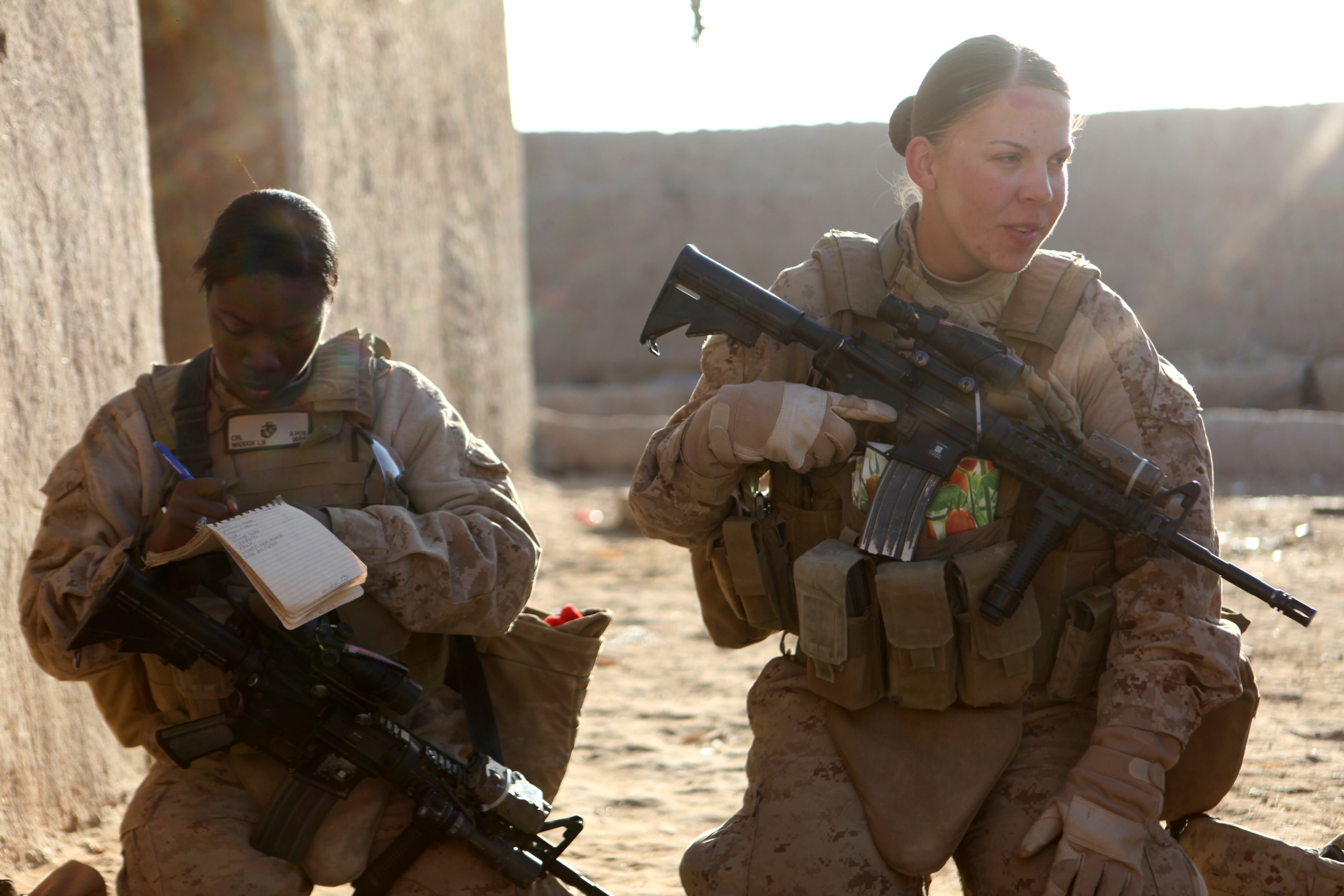Marines can expect to deploy in smaller teams in the future, with more responsibility trickling down to junior ranks compared to past large-scale conflicts as the service hones its post-war crisis response mission.
Right now, the battalion is the base unit for the Marine Corps, Commandant Gen. Robert Neller said Thursday at a conference on the future of war held by the New America think tank and Arizona State University in Washington D.C.
"I think it’s going to end up being some sort of a reinforced infantry company with enhanced communications and capabilities," Neller said at the conference, held by the New America think tank and Arizona State University.
As the size of deployed units gets smaller, command responsibilities will likely continue to be "pushed down" to lower ranks, Neller said.
"It happened in the last war, " he said. "We had sergeants doing what lieutenants did and lieutenants doing what majors did and majors doing what colonels did and colonels doing what generals did and generals being [political-military] coordinators with coalition forces and the tribes."

A quick reaction force with Special-Purpose Marine Air-Ground Task Force-Crisis Response prepares to depart Naval Air Station Sigonella, Italy, in support of a military assisted departure from the U.S. Embassy in Tripoli, Libya, on July 26, 2014.
Photo Credit: 1st Lt. Maida Kalic/Marine Corps
Infantry battalions are likely to be pulled in many directions, with companies operating across vast distances. This concept is already evident in places like Europe, Africa and the Middle East, where Marines with the same unit are operating across four to six countries. Marines with Special-Purpose Marine Air-Ground Task Force–Crisis Response–Central Command, for example, can be found operating in Iraq, Kuwait, Jordan and Bahrain.
While the Marine Corps will still be an air-ground task force 10 years from now, more Marines are likely to face going to be combating threats different from what U.S. troops have had to deal with over the past 15 years, Neller said.
"How many Marines are actually in the infantry as opposed to how many Marines are now involved in communications, intelligence, information warfare, electronic warfare, cyber?" he said.
Many of these concepts are detailed in the Corps’ 10-year roadmap, called Expeditionary Force 21. The post-war doctrine states that small teams of Marines could be called on to operate independently in austere environments without a steady supply stream. That has led the service to look for ways for company-sized teams to sustain themselves for weeks at a time, for example, through technology that would allow them to harness their own energy to power their equipment or purify their own water.
Protecting the Marine Corps’ communications network from electronic jamming and cyber attacks will be vital to the success of reinforced company-sized units’ success, Neller said.
"They are going to be distributed across the battlefield — assuming that we can protect the grid and we can still communicate," he said. "Because if we can communicate with them, we can still deliver fires in support of them, or deliver logistics in support of them."
That means U.S. troops will need communications gear that is more portable than what service members are accustomed to now, Neller said.
"We were talking to a couple of Army officers in the back: They’ve grown up in an environment where they walk into the operations center; all of the computers are running; they all got beautiful LED flat screens; they have perfect knowledge; they've got an unlimited bandwidth; but they’re not moving; they’re stationary," he said. "If we’re going to go back to fight a war of maneuver, which I think is highly probabley, whether it’s on land or on sea or even in the air, you’re going to have to be able to pick up that stuff and take it with you."

Captain George J. Flynn III, a Woodbridge, Va., native and the commanding officer for Echo Company, 2nd Battalion, 4th Marine Regiment, speaks into his field radio operator's handset in Afghanistan on Jan. 10, 2012.
Photo Credit: Sgt. Earnest J. Barnes
In January, Neller released a fragmentary order that statedsaid, "We will be willing to accept risk in the size and organization of our units in order to create the capabilities we need for the future."
In an interview with Marine Corps Times, Neller explained that the Marine Corps expanded capabilities such as explosive ordnance disposal and civil affairs when it reached its wartime high, active-duty end strength of 202,000, but now the service needs to rebalance itself.
"As we look at future threats, there are certain things that I'm not sure we have enough of, like cyber, information operations or electronic warfare," Neller said in a Jan. 20 interview. "If we indeed need to make more of those types of Marines but aren't going to expand the size of the Corps, there are two ways to do that. We can cut units or make some of the units that we have smaller."




